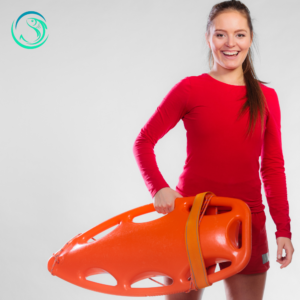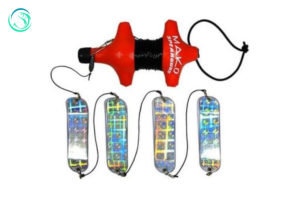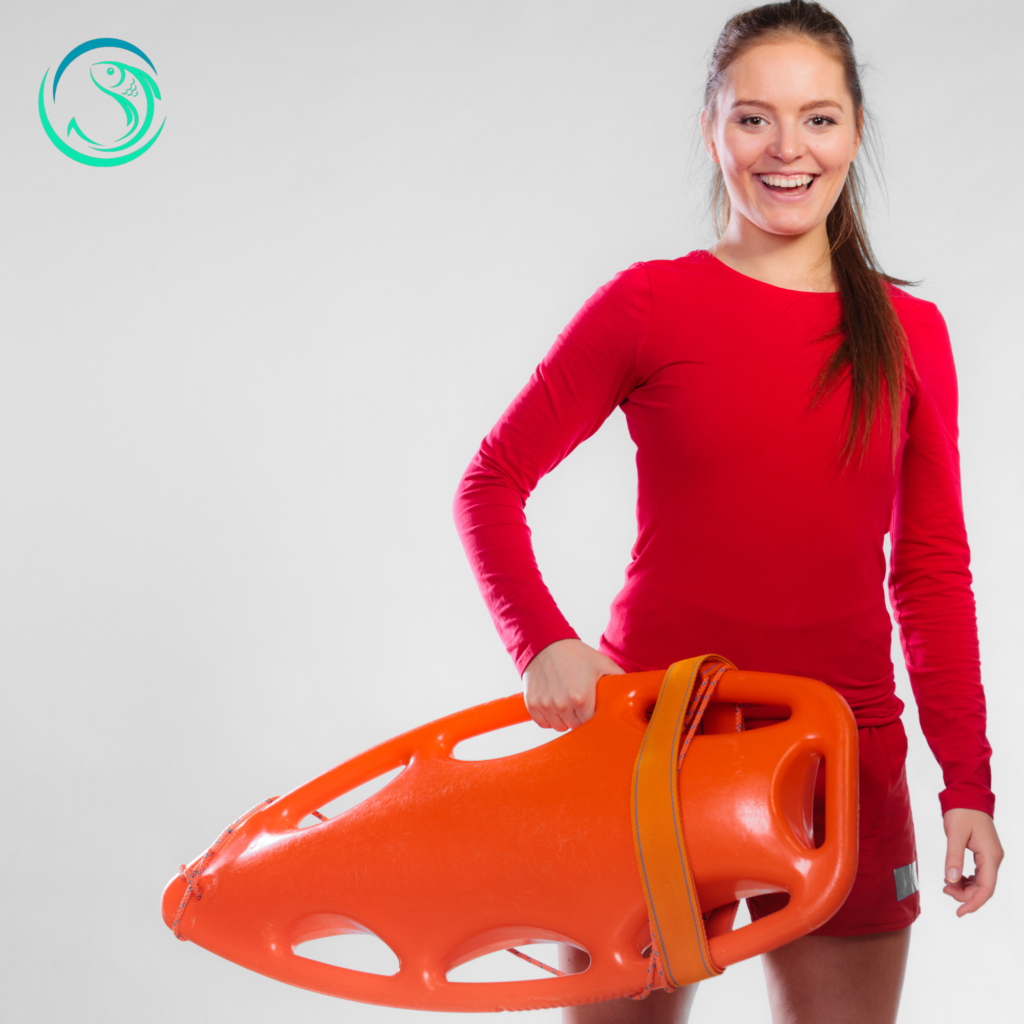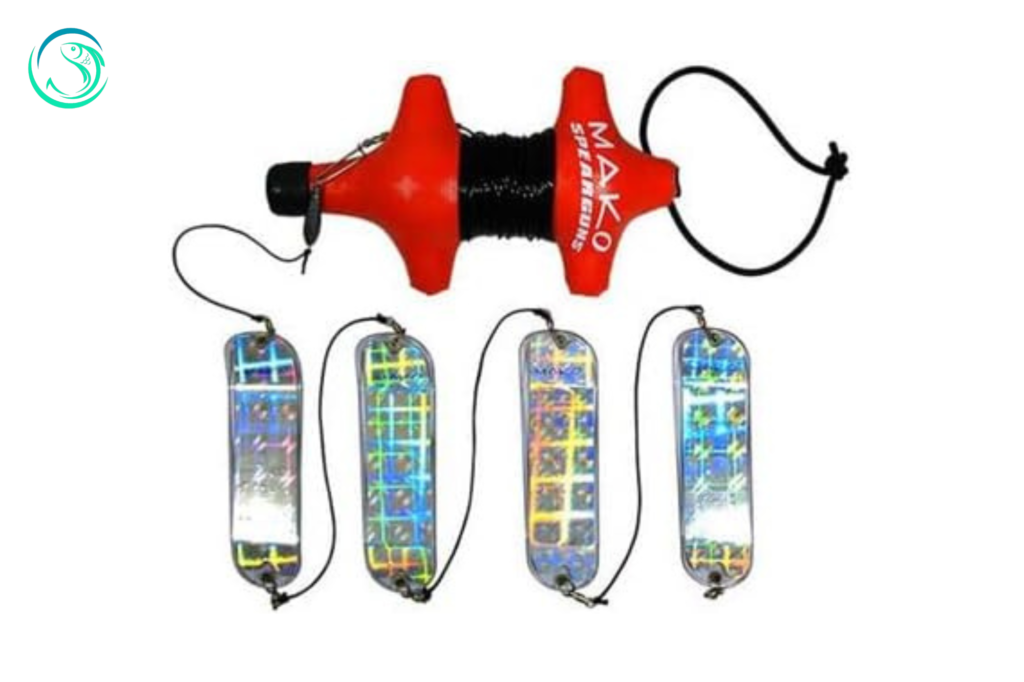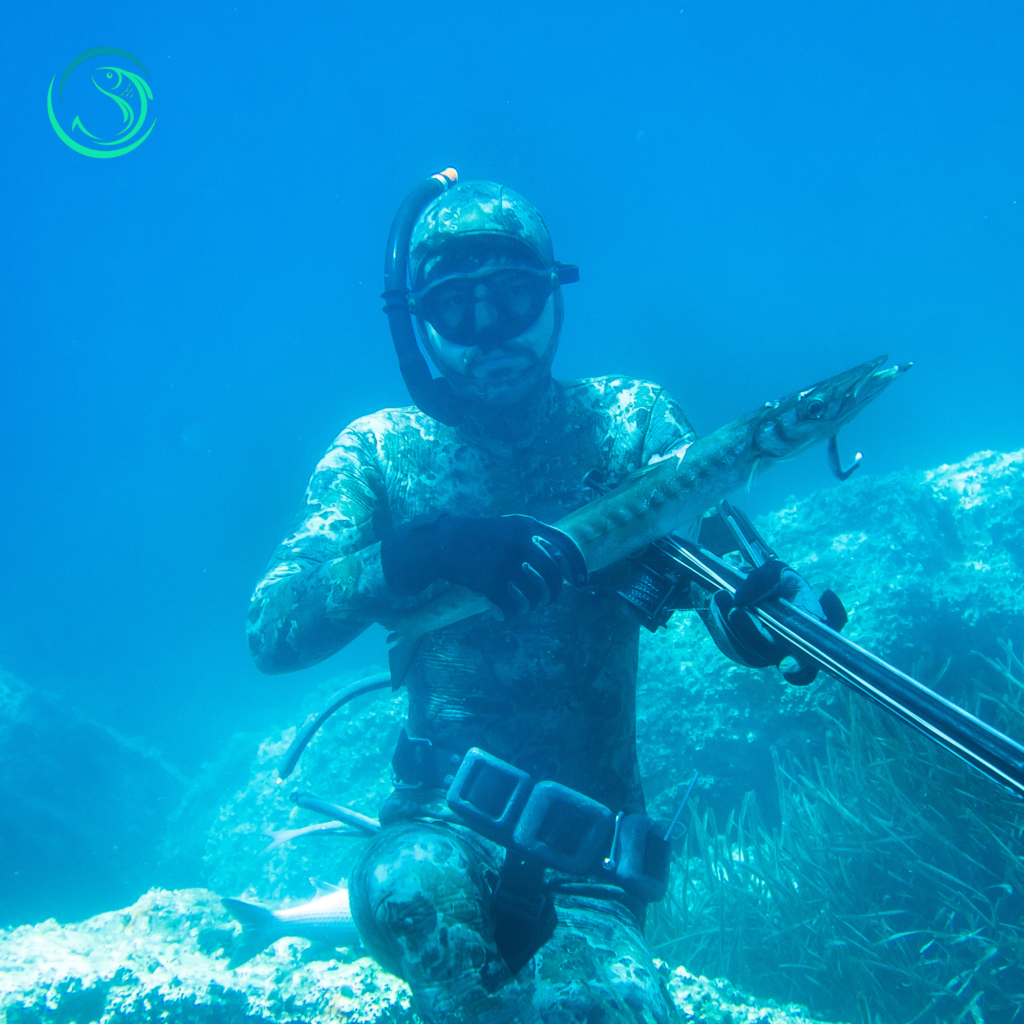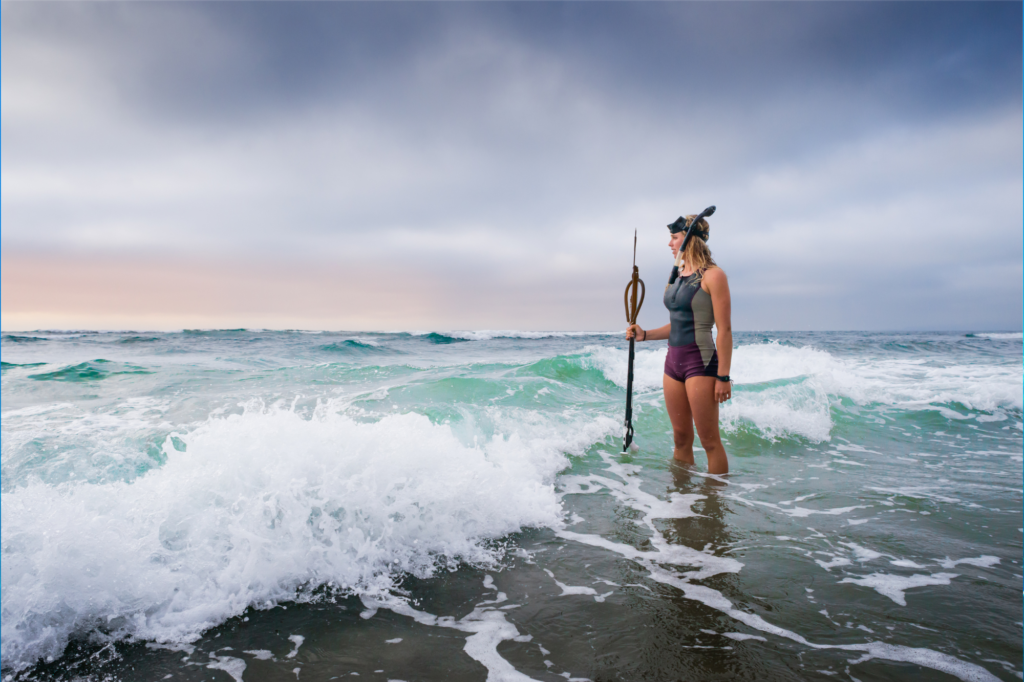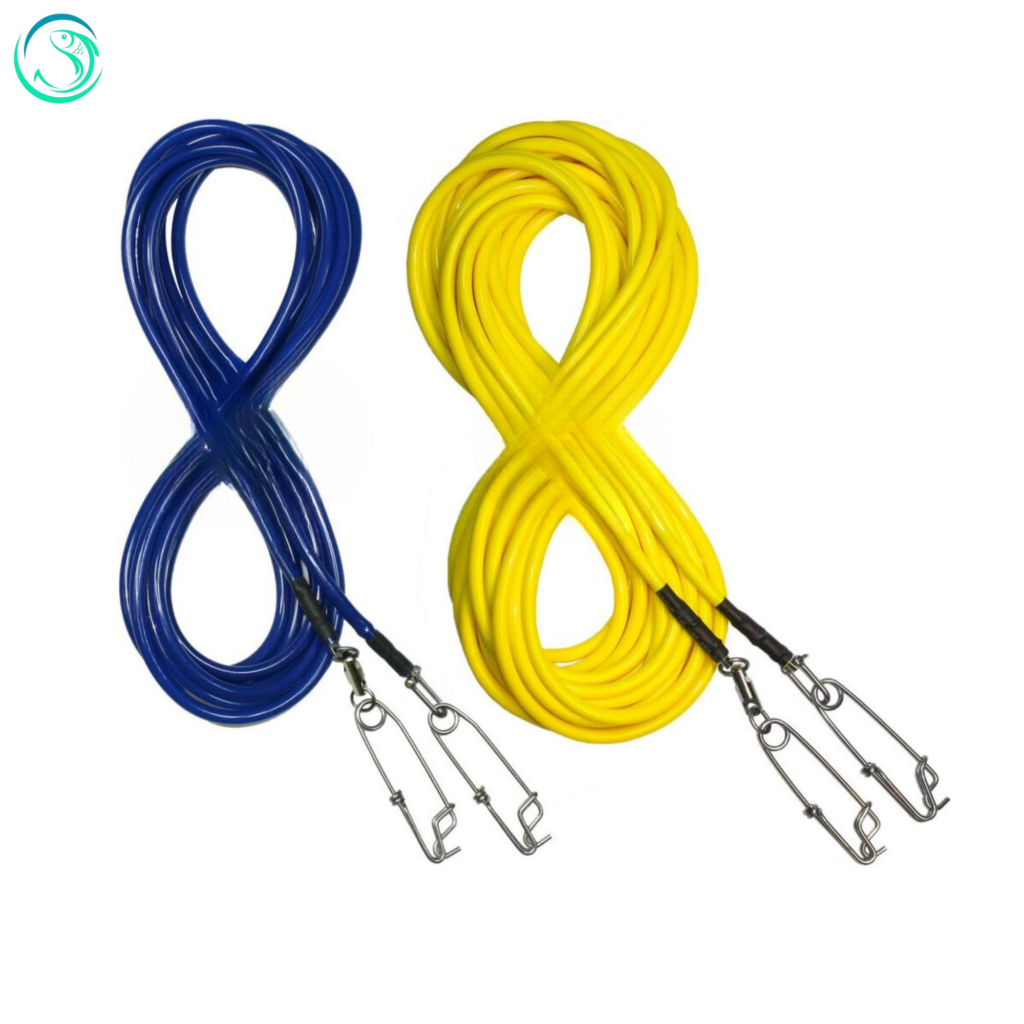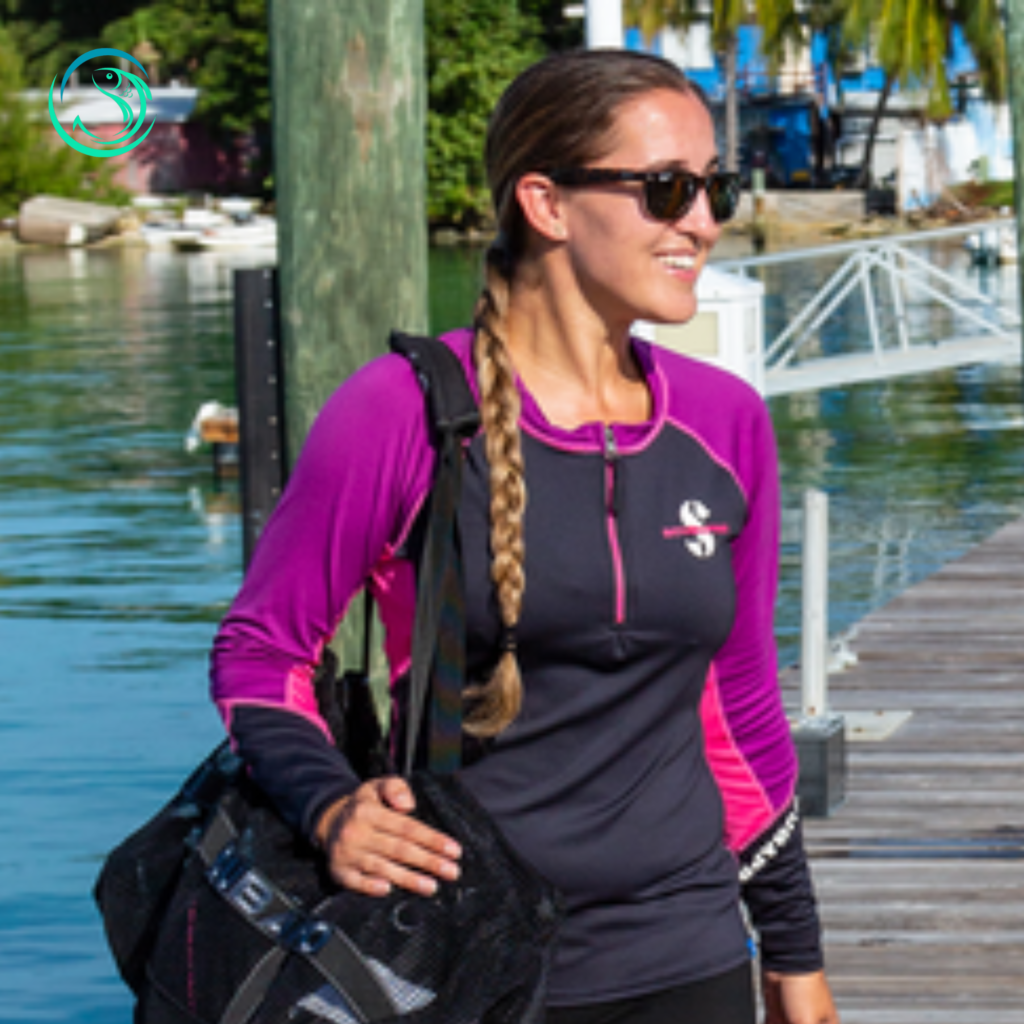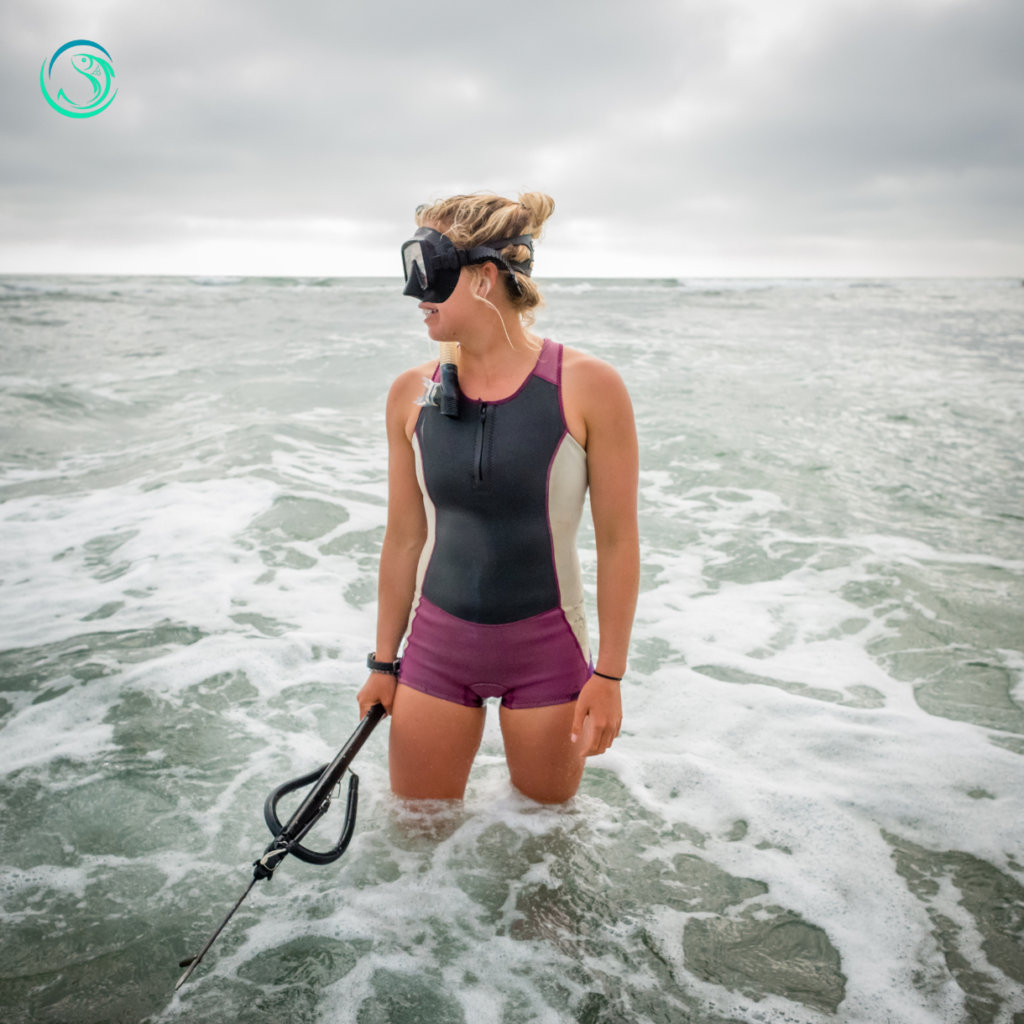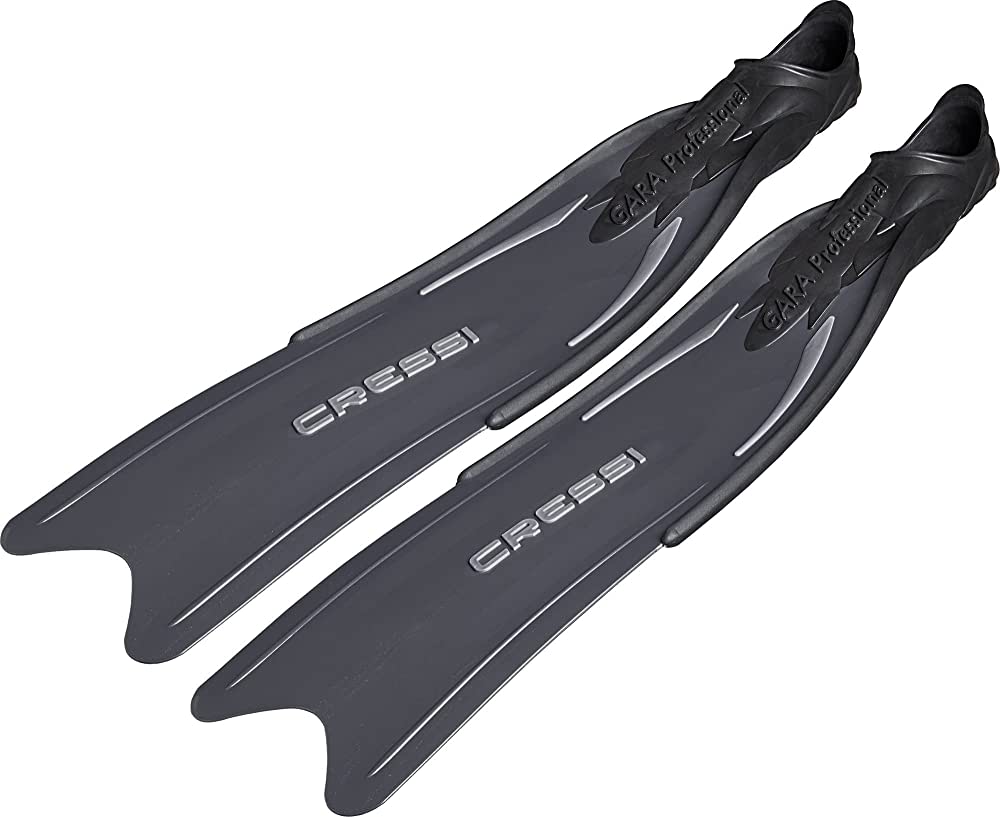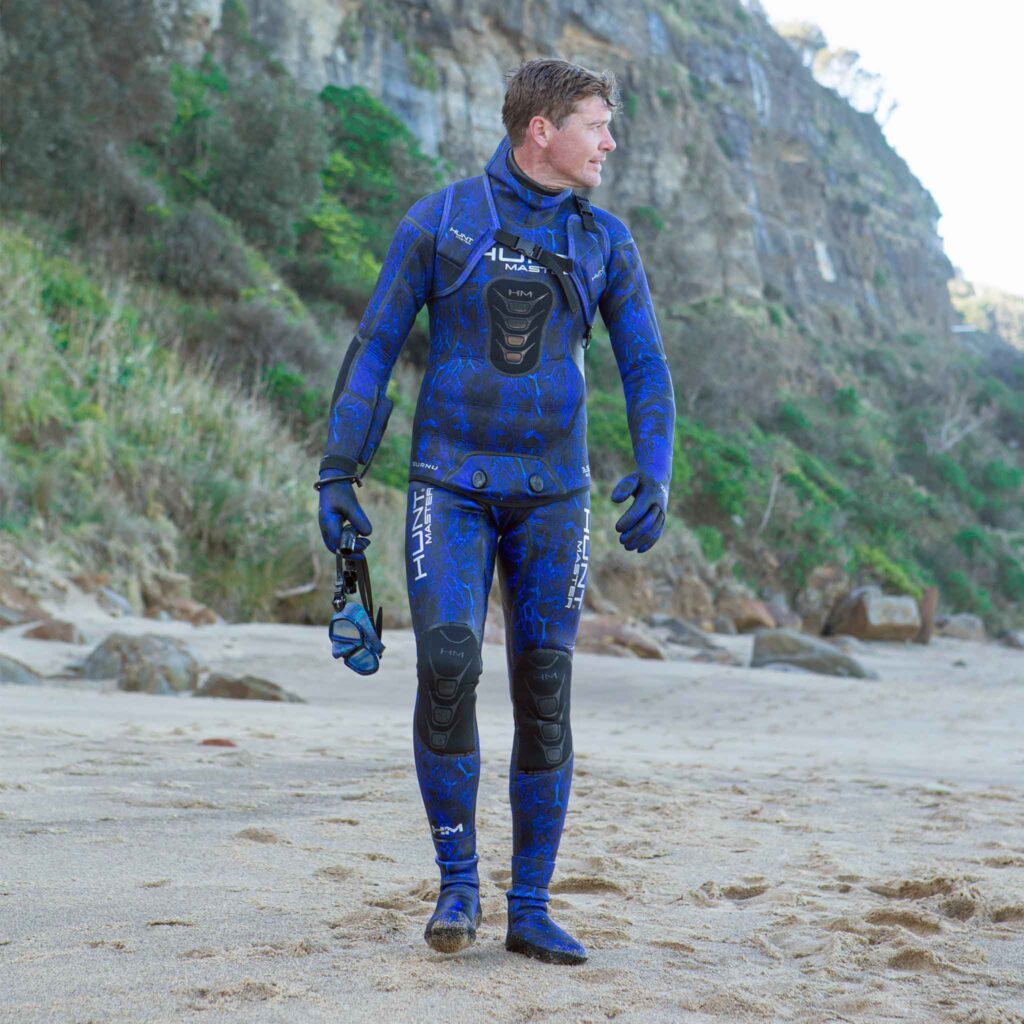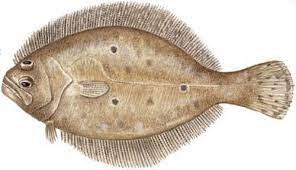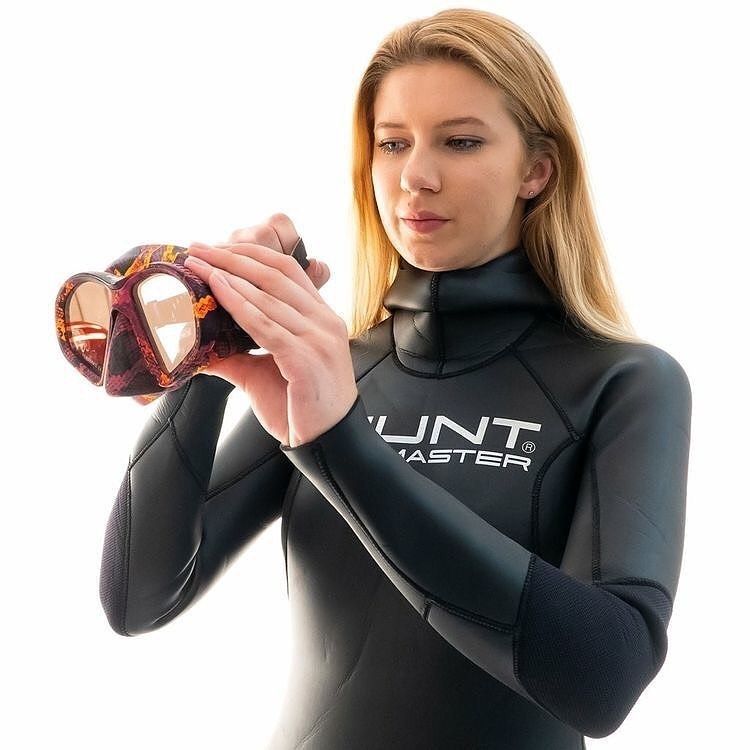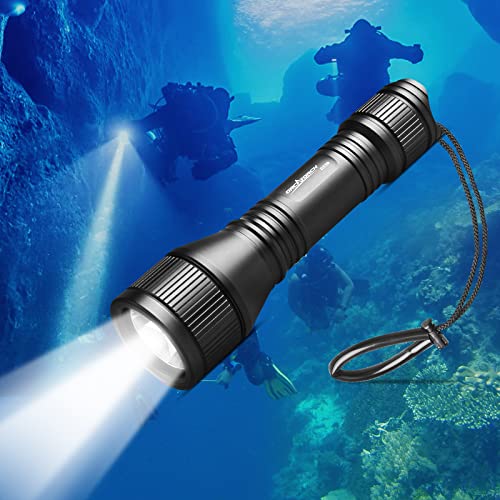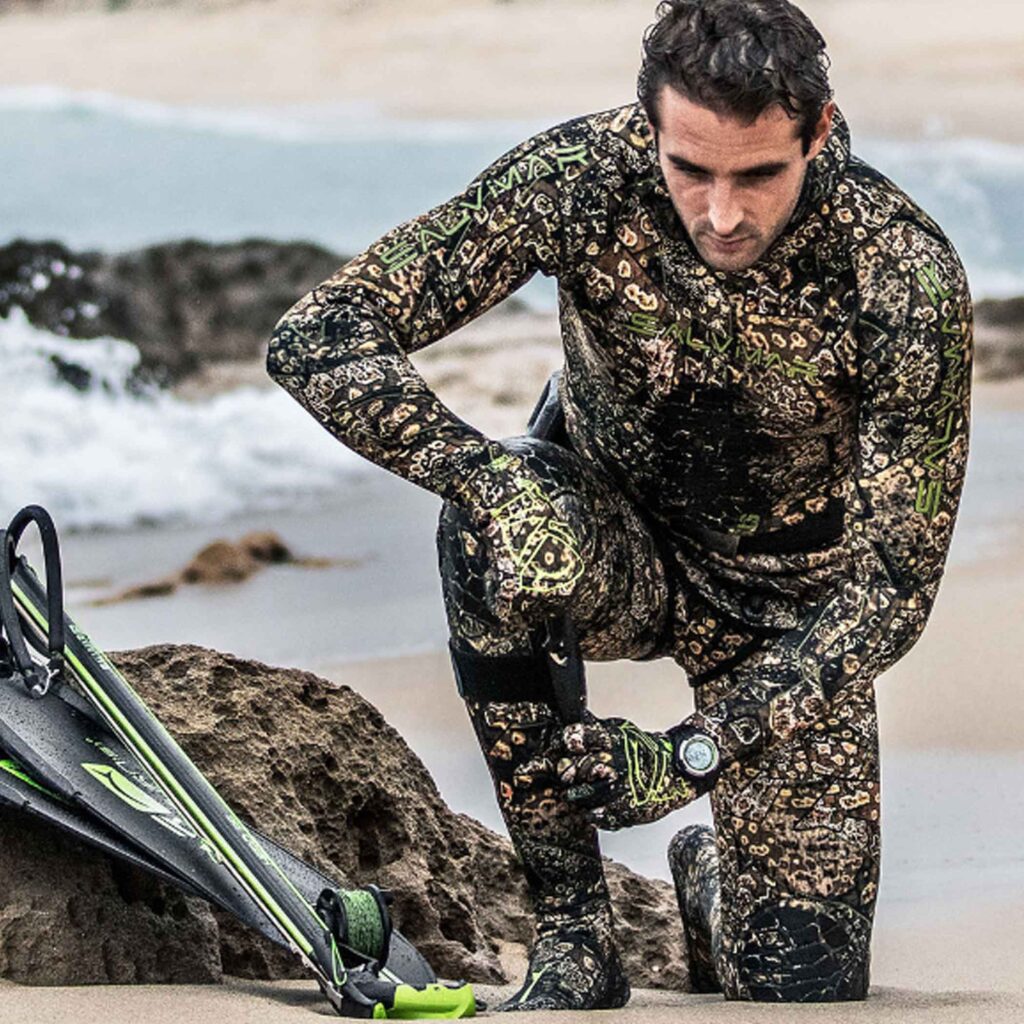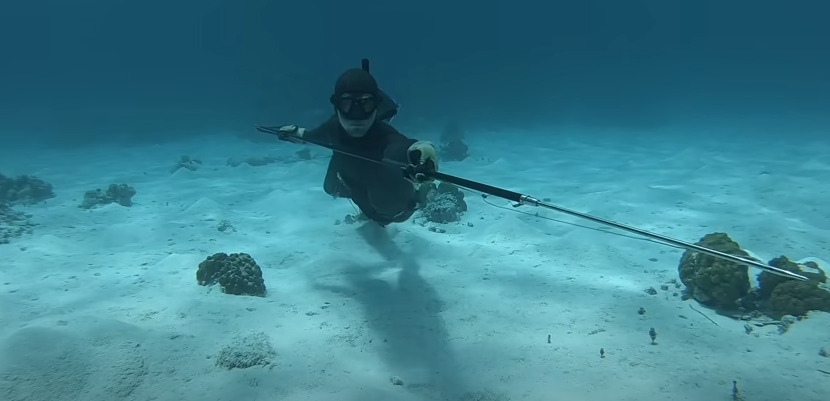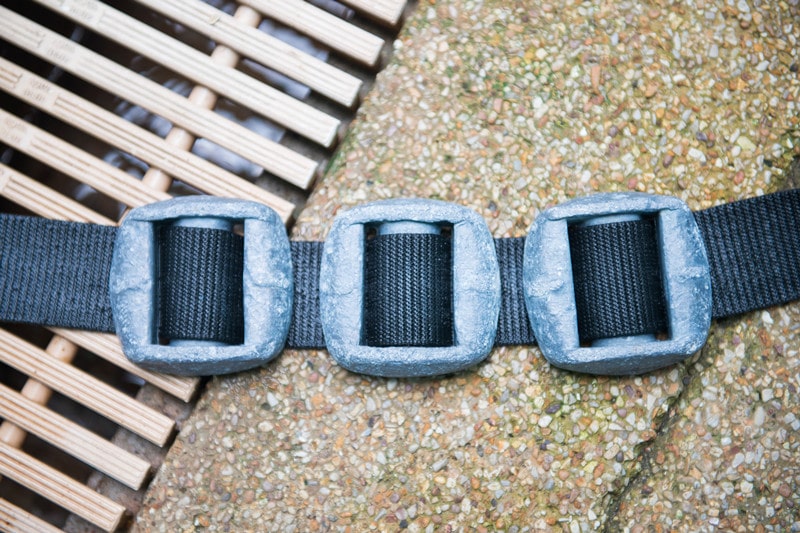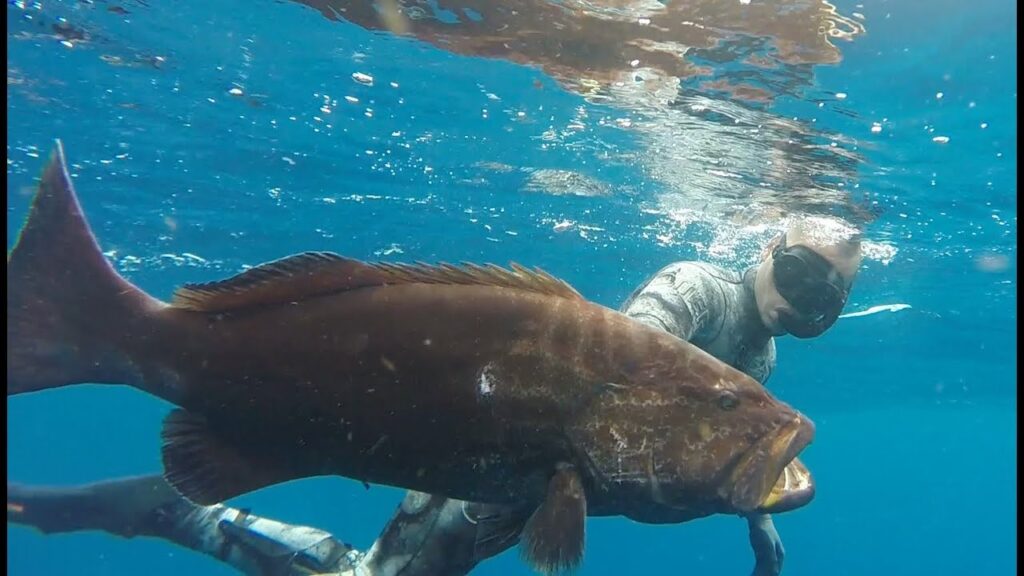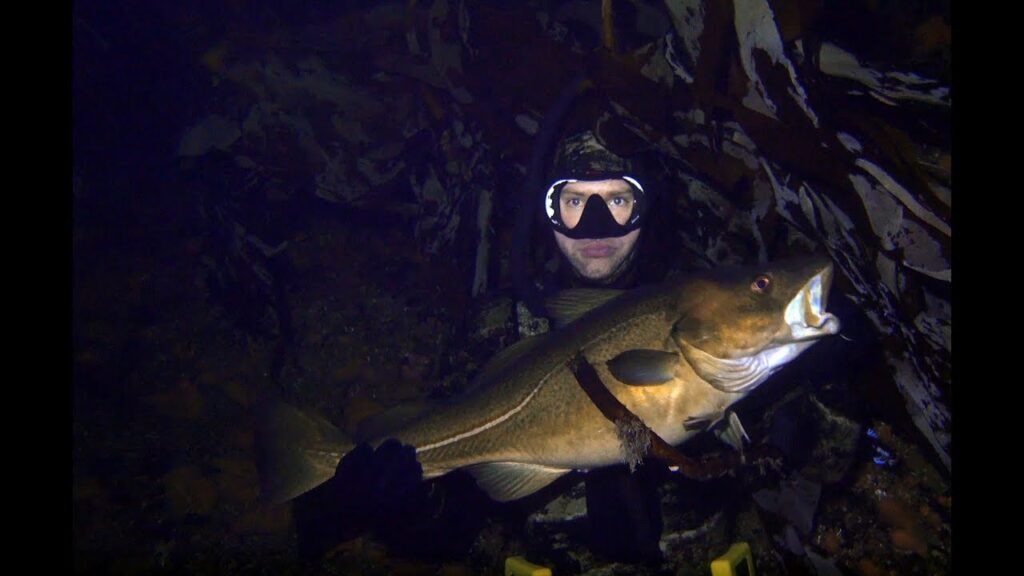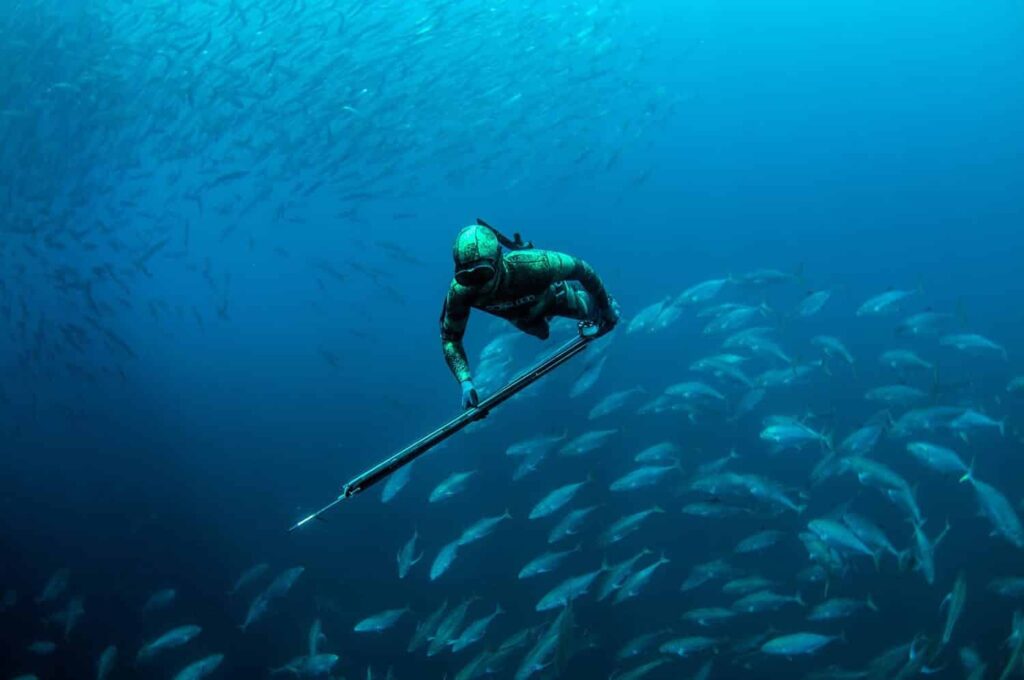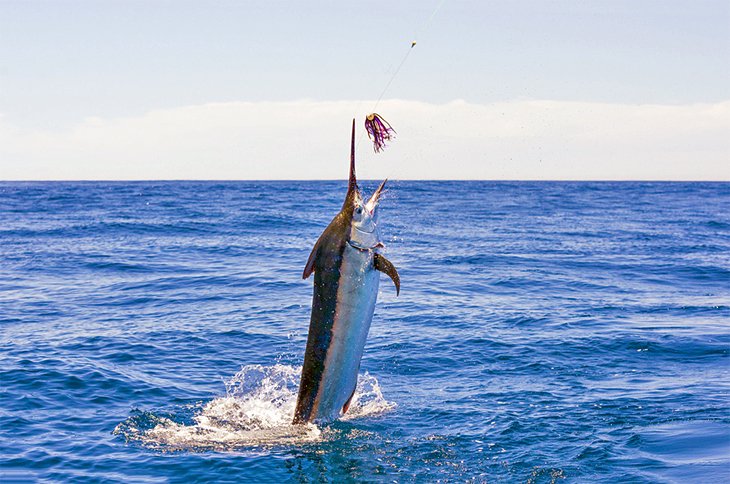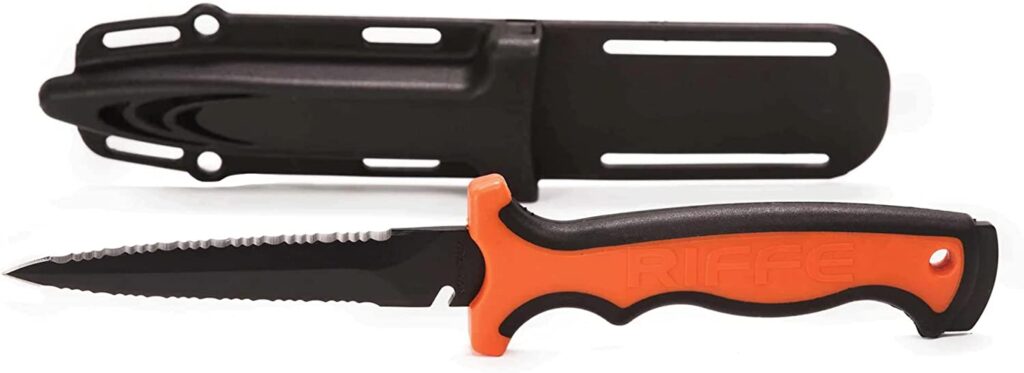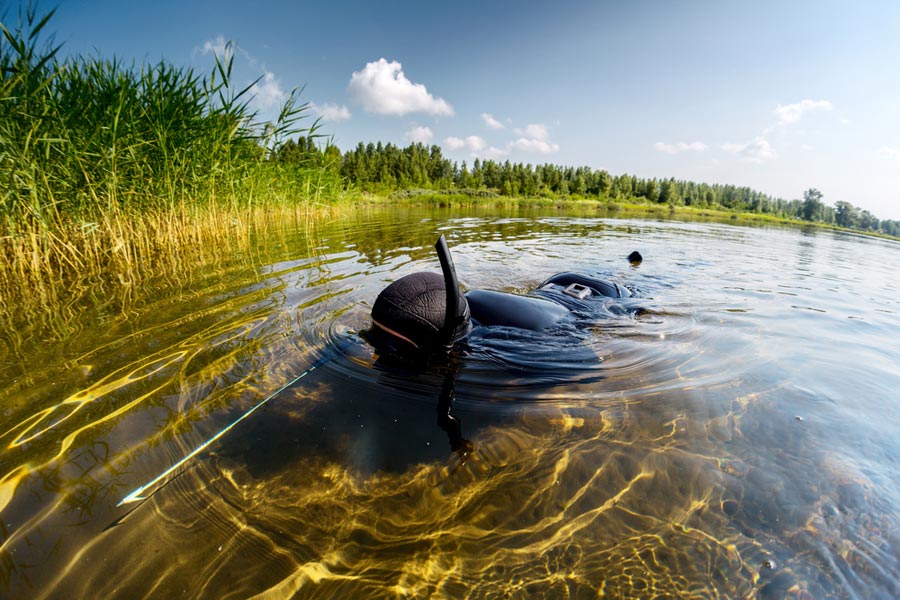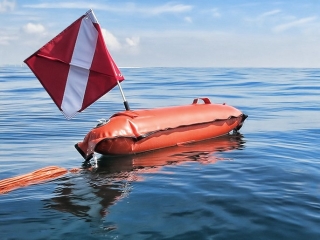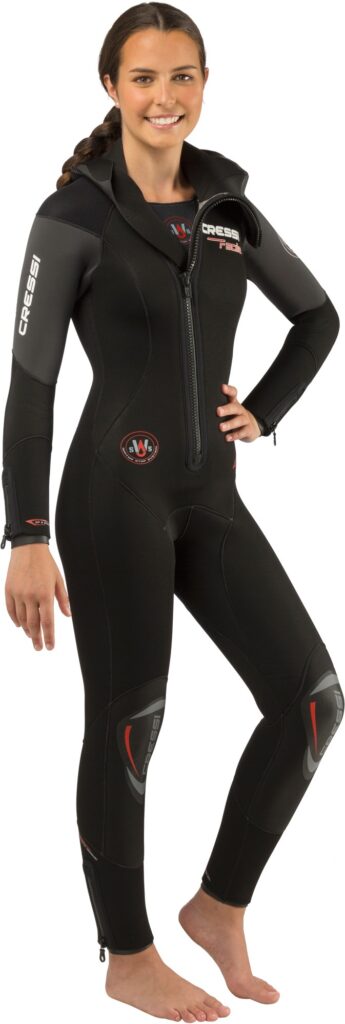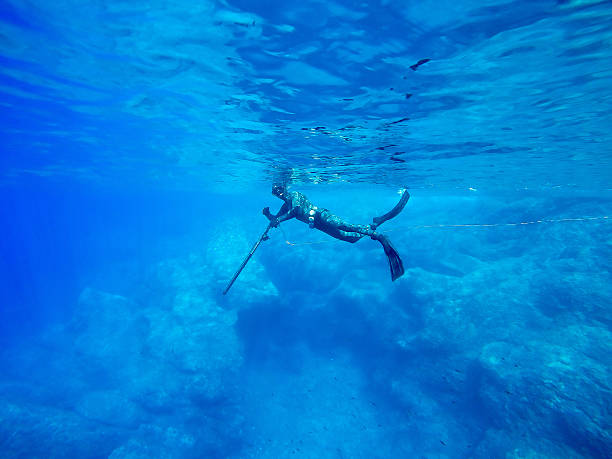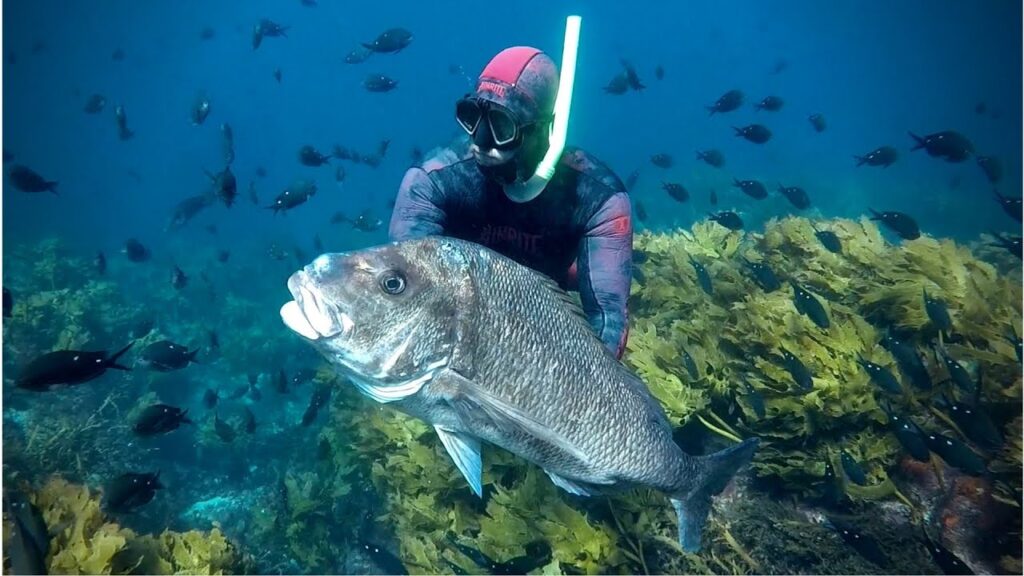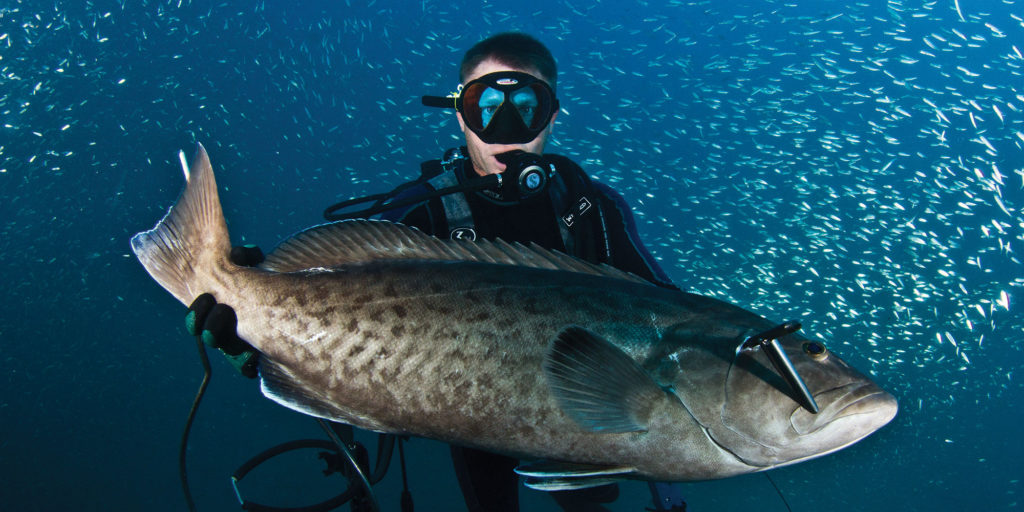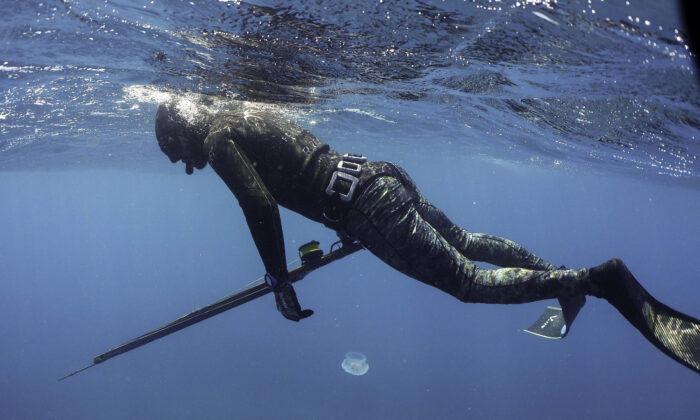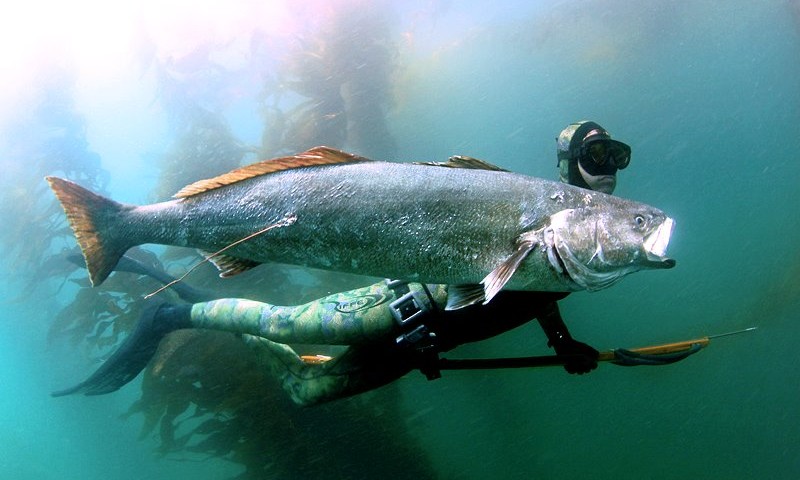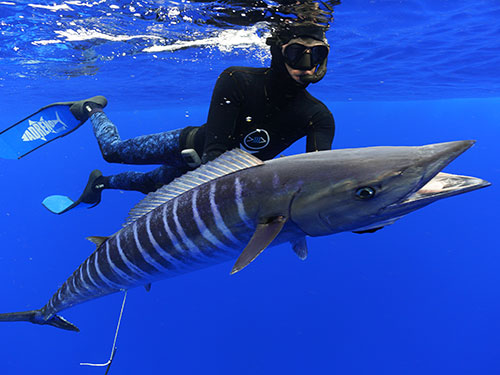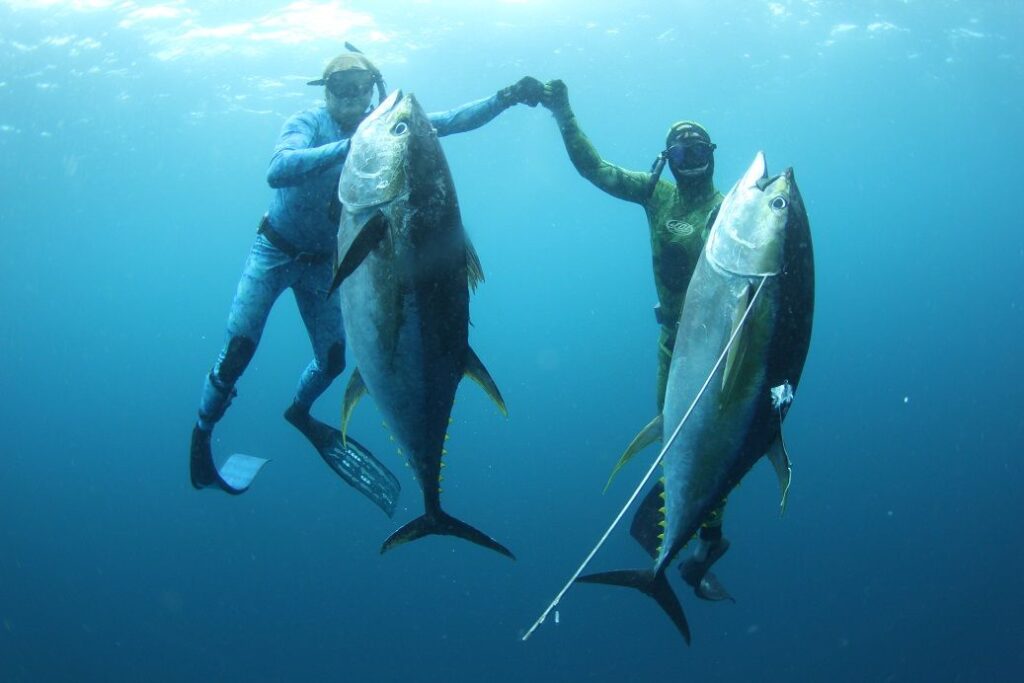Introduction to shallow water spearfishing
Definition of shallow water spearfishing
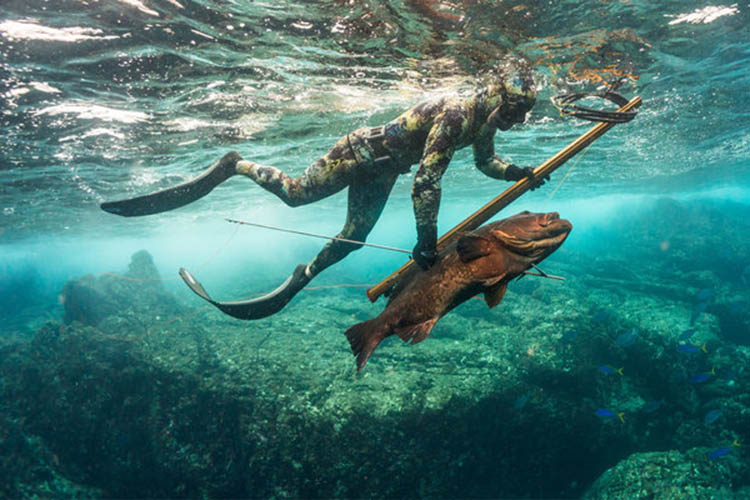
Benefits of shallow water spearfishing
There are several benefits to shallow water spearfishing, including:
-
Accessibility: Shallow water environments are generally more accessible than deeper waters. Instead of diving equipment, swimmers or snorkelers can reach them. If you lack the necessary equipment or training, shallow water spearfishing is a good option for you.
-
Visibility: In shallow waters, visibility is often better than in deeper waters, so spotting fish is easier. When it’s dark, novice spearfishers might have difficulty finding and tracking their prey.
-
Variety of species: Shallow water environments are rich with fish, including tropical species popular with spearfishers. You can hunt for a variety of fish while spearfishing in shallow water.
-
Ease of hunting: The visibility of shallow water fish and their lack of wariness make them easier to catch and hunt. Shallow water spearfishing can be a good option for those not ready for deeper water.
-
Safety: In shallow water, there are fewer hazards and risks than in deeper waters, making spearfishing safer. It is especially important for beginners and inexperienced divers.
Choosing the right equipment for shallow water spearfishing
Tips for selecting a speargun suitable for shallow water
Here are some key factors to consider when choosing a speargun for shallow water spearfishing:
-
Size and weight:
Choose a lightweight speargun with easy maneuverability in shallow water. When diving around coral reefs, a shorter, narrower speargun may be better.
-
Power and range:
Consider the size and type of fish you’ll be targeting when choosing a speargun. For larger or more elusive prey, a longer-range speargun may be necessary. Smaller fish may require a shorter range speargun.
-
Material:
Pick a speargun that can withstand saltwater. Spearguns made of fiberglass or carbon fiber are strong and corrosion-resistant.
-
Type of spear:
Consider the type of spear you will be using with your speargun. Some spearguns use barbless spears; others use multiple barbed spears or reels and lines.
-
Price:
Determine your budget and look for a speargun that fits within your price range. Higher quality spearguns may be more expensive, but they will also be more durable and effective.
Before making a decision, read reviews from other spearfishers. Try a few spearguns to see which one feels most comfortable and effective to you.

Importance of a good wetsuit or drysuit
-
Comfort: Wetsuits and drysuits can help you stay warm in the water by regulating your body temperature. This can help you to stay in the water longer and focus on hunting for fish.
-
Safety: Drysuits and wetsuits also provide some protection against underwater hazards like coral. This can help to reduce the risk of injury while spearfishing.
-
Performance: Having a wetsuit or drysuit allows you to move more easily and comfortably in the water. It can help you swim faster, dive deeper, and stay underwater longer. This can be beneficial when hunting fish.
Other essential equipment
-
Fins: Fins help spearfishers increase their speed and mobility in the water. Choosing fins that provide good power and maneuverability is important.
-
Mask: Shallow water spearfishing requires a good mask to see underwater and protect your eyes from saltwater. Look for a mask with a comfortable fit and good visibility.
-
Snorkel: The snorkel allows you to breathe on the surface while spearfishing and conserves air supply for diving. Look for a snorkel with a comfortable mouthpiece and good airflow.
-
Dive knife: You can use a dive knife to cut fishing line or other entanglements, as well as to prepare fish for cooking. Look for a knife with a durable blade and a secure grip.
-
Dive flag: A dive flag is important if you are spearfishing near other boats or watercraft. This can help prevent accidents and ensure the safety of all involved.
Techniques for hunting and shooting fish in shallow water
Tips for stalking and approaching fish quietly
Stalking and approaching fish quietly is an important skill for successful shallow water spearfishing, as it allows you to get close to your prey without spooking them. Here are a few tips for stalking and approaching fish quietly:
- Use the natural environment to your advantage: Look for cover and concealment, such as coral reefs, rocks, or weeds, to help you stay hidden as you approach your prey.
- Swim slowly and smoothly: Avoid making sudden movements or splashing, as this can alert fish to your presence. Instead, try to swim slowly and smoothly, using a gentle kick to propel yourself forward.
- Stay low and close to the bottom: Fish are more likely to be on the lookout for predators above them, so staying low and close to the bottom can help you to stay hidden.
- Avoid direct eye contact: Fish are sensitive to eye contact, so try to avoid looking directly at them as you approach. Instead, focus on the area around them and use your peripheral vision to track their movements.
- Use your fins to steer: Instead of using your hands to steer, try using your fins to make subtle adjustments to your position. This can help you to approach fish more stealthily.
Remember to always respect the fish and the environment you are hunting in. Stalking and approaching fish quietly can help to minimize stress on the fish and reduce the impact on the ecosystem.
Techniques for accurately aiming and shooting a speargun
Accurately aiming and shooting a speargun is an important skill for successful shallow water spearfishing. Here are a few techniques to help you improve your accuracy:
- Practice your aim: Practice aiming your speargun at a stationary target to get a feel for how it handles and to improve your accuracy.
- Hold the speargun steady: Use a two-handed grip to hold the speargun steady and aim for a spot just behind the gills or head of the fish. This will help to ensure a clean and humane kill.
- Take your time: Don’t rush your shot. Take your time to aim carefully and make sure you are in a good position before pulling the trigger.
- Use a sight or laser: Some spearguns come equipped with a sight or laser to help you aim more accurately. If your speargun does not have one, you can consider adding one as an accessory.
- Adjust for distance: Keep in mind that the distance to your target will affect your aim. You may need to adjust your aim slightly to account for the distance to the fish and the angle of the shot.
Remember to always follow safety guidelines when handling a speargun, and never point it at anything you do not intend to shoot. With practice and careful aim, you can become an accurate and successful spearfisher in shallow water environments.
Strategies for targeting specific species of fish in shallow water
There are a variety of strategies that can be used to target specific species of fish in shallow water environments. Some general tips include:
- Research the species you are targeting: Learn as much as you can about the habits and behavior of the species you are targeting, as well as the best times of day and year to hunt for them.
- Use the right equipment: Choose the right speargun and spear for the size and type of fish you are targeting. You may also want to consider using different types of bait or lures to attract certain species.
- Look for signs of fish activity: Keep an eye out for signs of fish activity, such as feeding frenzies or baitfish schooling. This can be a good indicator that there are larger predatory fish nearby.
- Use stealth and patience: Try to approach fish slowly and stealthily, using cover and concealment to your advantage. Be patient and wait for the right opportunity to present itself.
- Be aware of your surroundings: Keep an eye on your surroundings and be aware of any hazards or obstacles that may affect your hunt. Pay attention to the tides and weather conditions, as these can also influence the behavior of fish.
By following these general strategies and adapting them to the specific species and conditions you are targeting, you can increase your chances of success when hunting for fish in shallow water environments.
Safety considerations for shallow water spearfishing
Importance of knowing and following local regulations
It is important to know and follow local regulations when spearfishing in shallow water, as this helps to ensure the sustainability of fish populations and the health of the ecosystem.
These regulations may include rules regarding the size and species of fish that can be harvested, the areas where spearfishing is allowed, and the methods that can be used.
Ignoring these regulations can not only be harmful to the environment, but it can also result in fines and other penalties.
In addition, following local regulations can help to ensure that you are able to enjoy the sport for years to come, as overfishing and other irresponsible practices can lead to declining fish populations and reduced opportunities for spearfishing.
To find out about the regulations in your area, you can contact the local fishing or wildlife agency, or check online for information about the specific area you will be diving in.
It is also a good idea to familiarize yourself with any other relevant laws or guidelines that may apply, such as those related to boat safety or marine conservation.
Tips for staying safe in shallow water environments
There are several steps you can take to stay safe while spearfishing in shallow water environments:
- Know your limits: Only dive to depths that you are comfortable with and that you have the necessary skills and experience to handle. If you are not an experienced diver, consider taking a dive course or seeking guidance from a more experienced spearfisher.
- Use proper equipment: Make sure you have the right equipment for the conditions you will be diving in, including a wetsuit or drysuit, fins, mask, snorkel, and a speargun. Check your equipment regularly to ensure it is in good working order.
- Follow good diving practices: Follow good diving practices, such as using the buddy system, staying within safe diving limits, and avoiding diving alone.
- Be aware of your surroundings: Pay attention to your surroundings. Be aware of any hazards, such as sharp coral or other underwater structures.
- Avoid entanglement: Be careful to avoid getting tangled in fishing line, weeds, or other underwater obstacles. As, this can be dangerous and can limit your mobility. Carry a dive knife to help you cut yourself free if necessary.
- Watch for boat traffic: If you are diving in an area with boat traffic, use a dive flag to alert boats to your presence. Stay alert and be prepared to surface quickly if necessary.

